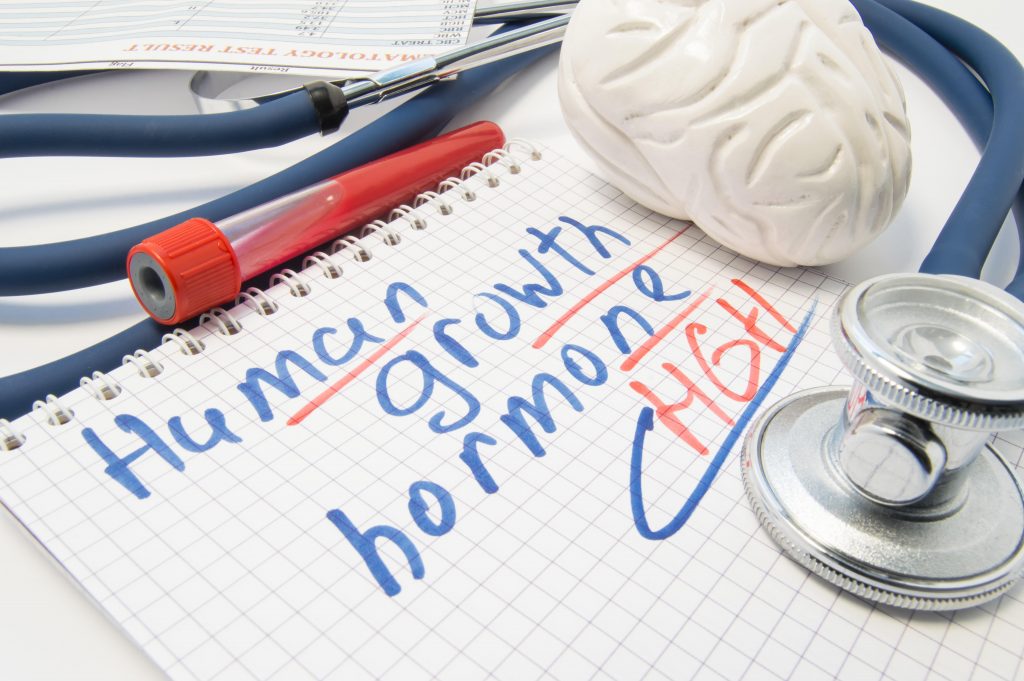Short stature is the commonest condition for which children are brought to the endocrinologist. Boys are brought to medical attention for short stature more frequently than girls. However both genders are affected equally. Since height assessment is subjective, it is important that the height of your child is measured accurately using a stadiometer by a trained medical professional.
It is standard practice by most paediatricians to monitor the height of the child at periodical intervals. After measuring the height, the doctor would mark the height of your child on a growth chart. Most countries have reference growth charts which are designed for their population. These growth charts are different for males and females. These charts have a line marked on them which corresponds to the 3rd percentile of the population i.e only less than 3% of the population have a height less than that particular measurement for that age and gender. If your child’s height is falling below this line, he/she can be defined as being significantly short and would thus need to be evaluated further.
The height of the child depends on the height of both parents. The target height of the child is calculated as follows:
Father’s height in cm + Mother’s height in cm /2 + 6.5 for boys
Father’s height in cm + Mother’s height in cm /2 – 6.5 for girls
Generally your child might fall within 6-10 centimetres of the target height depending on his nutritional factors and illnesses. If the target height falls below the 3rd percentile for the population reference chart then your child might be having a condition called as familial short stature.
Some of the common causes of short stature are malnutrition, malabsorption, concurrent systemic diseases, hormonal problems and syndromic illnesses. Constitutional delay in growth is another common problem wherein the tempo of growth and puberty are delayed such that the child grows at a slower pace that others but eventually reaches near his target height. Once your child is diagnosed with short stature, the endocrinologist would evaluate for these conditions based on clinical examination.
Hypothyroidism is the commonest endocrine condition associated with short stature in children. In hypothyroidism, your child might have short stature and associated obesity. Your endocrinologist might ask you for a thyroid profile to rule out hypothyroidism in your child. Cushing’s syndrome is another such condition associated with short stature and obesity. It occurs due to increased secretion of a hormone called a cortisol. It is important that these two conditions are identified at the earliest as they have many other systemic manifestations which can affect the health of your child.
Another important condition is growth hormone deficiency. Growth hormone is secreted by an organ called as pituitary, which Is present in the brain. It is absolutely vital for the growth of your child. Deficiency of growth hormone can lead to severe short stature. Maturity of the face is also affected and your child may appear to be younger than his age. If your endocrinologist suspects growth hormone deficiency in your child, he/she would go ahead with an investigation called as growth hormone stimulation testing.
Growth hormone deficiency is treated by administering growth hormone. Growth hormone is given as daily subcutaneous injections similar to insulin. It is continued till adolescence until there is no more further increase in height noticed. It is advised that growth hormone replacement is started at the earliest for best results. As the child grows the potential for increase in height diminishes. The final height of a person is generally attained during puberty. After puberty the ends of long bones are fused and hence no further growth in the long bones of the lower limbs is seen. Therefore, every effort should be made to enhance growth before puberty, and delay in diagnosis and initiation of growth hormone therapy contributes to the compromised adult height.
Growth hormone is currently indicated in short stature due to the following conditions:
Growth hormone deficiency
Small for gestational age
Turner syndrome
Noonan Syndrome
Prader willi syndrome
Chronic renal failure
SHOX gene defects
The role of growth hormone in conditions like constitutional delay in growth, familial short stature or conditions wherein the diagnosis is not known is controversial. Growth hormone is also indicated in HIV-associated wasting of muscles.
The important side effects associated with growth hormone therapy are spinal deformities, headaches, joint pains, glucose intolerance and diabetes, sleep disturbances and development of tumours and malignancies. These side effects are generally encountered when the treatment is not monitored. Hence it is important that growth hormone therapy is carried out under the expert supervision of your endocrinologist.



